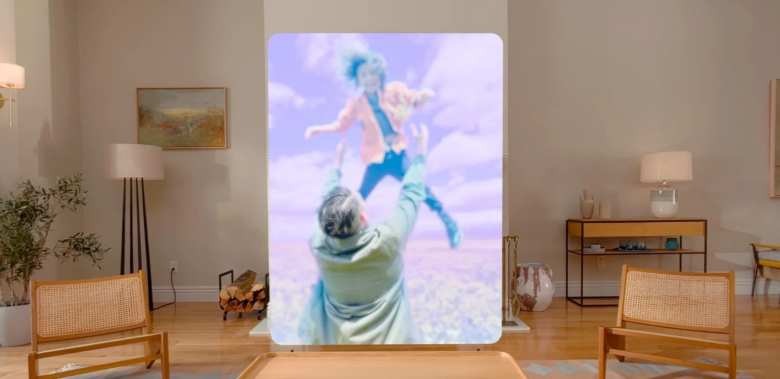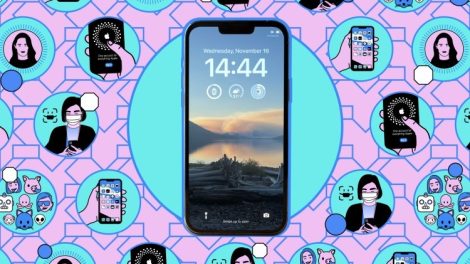Apple continues to push the boundaries of augmented reality (AR) with the release of visionOS 2, the latest update for its Vision Pro headsets. Among the numerous enhancements and improvements, the standout feature is the introduction of 3D object tracking, which promises to revolutionize the way users interact with virtual objects in the real world.
![]()
Unleashing the Power of 3D Object Tracking
With visionOS 2, developers now have the ability to integrate 3D object tracking into their apps, opening up a world of possibilities for immersive AR experiences. This groundbreaking feature allows apps to recognize and track specific objects in the user’s environment, enabling seamless interaction between the virtual and physical worlds.
To leverage this capability, developers need to provide a 3D model of the object they wish to track in USDZ format. Once the model is defined, the app can identify and track the object in real-time, allowing users to engage with it in novel and exciting ways.
A Quantum Leap from 2D to 3D
The introduction of 3D object tracking in visionOS 2 represents a significant upgrade from its predecessor, visionOS 1, which was limited to tracking pre-defined 2D images. This leap from 2D to 3D tracking opens up a vast array of possibilities for developers to create more realistic and engaging AR applications.
Imagine being able to place virtual furniture in your living room and interact with it as if it were real, or playing a game where you can physically manipulate virtual objects. With 3D object tracking, these scenarios are no longer confined to the realm of science fiction; they are now within reach for Vision Pro users.
Enhanced Hand Tracking and Scene Understanding
In addition to 3D object tracking, visionOS 2 brings a host of other improvements to the Vision Pro headset. One notable enhancement is the refined hand tracking capability. Users can now enjoy smoother and more responsive hand tracking, thanks to an increased refresh rate and the option for developers to enable prediction for more accurate hand position tracking.
Moreover, visionOS 2 equips the Vision Pro headset with a deeper understanding of the user’s surroundings. The enhanced scene understanding capabilities allow the headset to better recognize objects and map the spatial layout of the environment. This improvement paves the way for more sophisticated AR applications that can intelligently interact with the user’s surroundings.
Empowering Developers, Delighting Users
The release of visionOS 2 is a testament to Apple’s commitment to empowering developers and delivering cutting-edge AR experiences to Vision Pro users. By providing developers with the tools and capabilities to create immersive and interactive applications, Apple is fostering a thriving ecosystem that pushes the boundaries of what is possible with AR technology.
As developers begin to harness the potential of 3D object tracking and the other enhancements offered by visionOS 2, users can look forward to a new generation of AR applications that blur the lines between the virtual and physical worlds. From gaming and entertainment to education and productivity, the possibilities are endless.
Conclusion
The introduction of 3D object tracking in visionOS 2 marks a significant milestone in the evolution of Apple’s Vision Pro headsets. By enabling developers to create AR experiences that seamlessly integrate with the user’s environment, Apple is setting the stage for a future where the virtual and physical worlds coexist and interact in ways we have only dreamed of.
As users eagerly await the arrival of visionOS 2 and the innovative applications it will bring, one thing is certain: Apple’s Vision Pro is poised to redefine the way we perceive and interact with the world around us. With each update, Apple continues to push the boundaries of what is possible with AR technology, and visionOS 2 is a testament to their unwavering commitment to innovation and user experience.










Add Comment